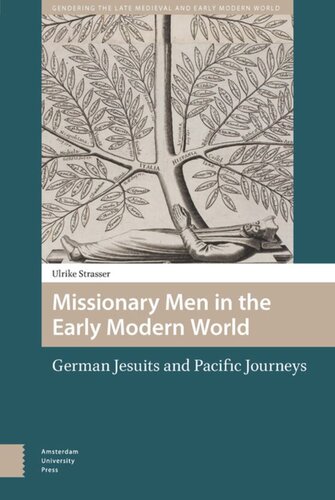

Most ebook files are in PDF format, so you can easily read them using various software such as Foxit Reader or directly on the Google Chrome browser.
Some ebook files are released by publishers in other formats such as .awz, .mobi, .epub, .fb2, etc. You may need to install specific software to read these formats on mobile/PC, such as Calibre.
Please read the tutorial at this link: https://ebookbell.com/faq
We offer FREE conversion to the popular formats you request; however, this may take some time. Therefore, right after payment, please email us, and we will try to provide the service as quickly as possible.
For some exceptional file formats or broken links (if any), please refrain from opening any disputes. Instead, email us first, and we will try to assist within a maximum of 6 hours.
EbookBell Team

5.0
48 reviewsHow did gender shape the expanding Jesuit enterprise in the early modern world? What did it take to become a missionary man? And how did missionary masculinity align itself with the European colonial project? This book highlights the central importance of male affective ties and masculine mimesis in the formation of the Jesuit missions, as well as the significance of patriarchal dynamics. Focussing on previously neglected German figures, Strasser shows how stories of exemplary male behavior circulated across national boundaries, directing the hearts and feet of men throughout Europe towards Jesuit missions in faraway lands. The sixteenth-century Iberian exemplars of Ignatius of Loyola and Francis Xavier, disseminated in print and visual media, inspired late seventeenth-century Jesuits from German-speaking lands to bring Catholicism and European gender norms to the Spanish-controlled Pacific. As Strasser demonstrates, the age of global missions hinged on the reproduction of missionary manhood in print and real life.